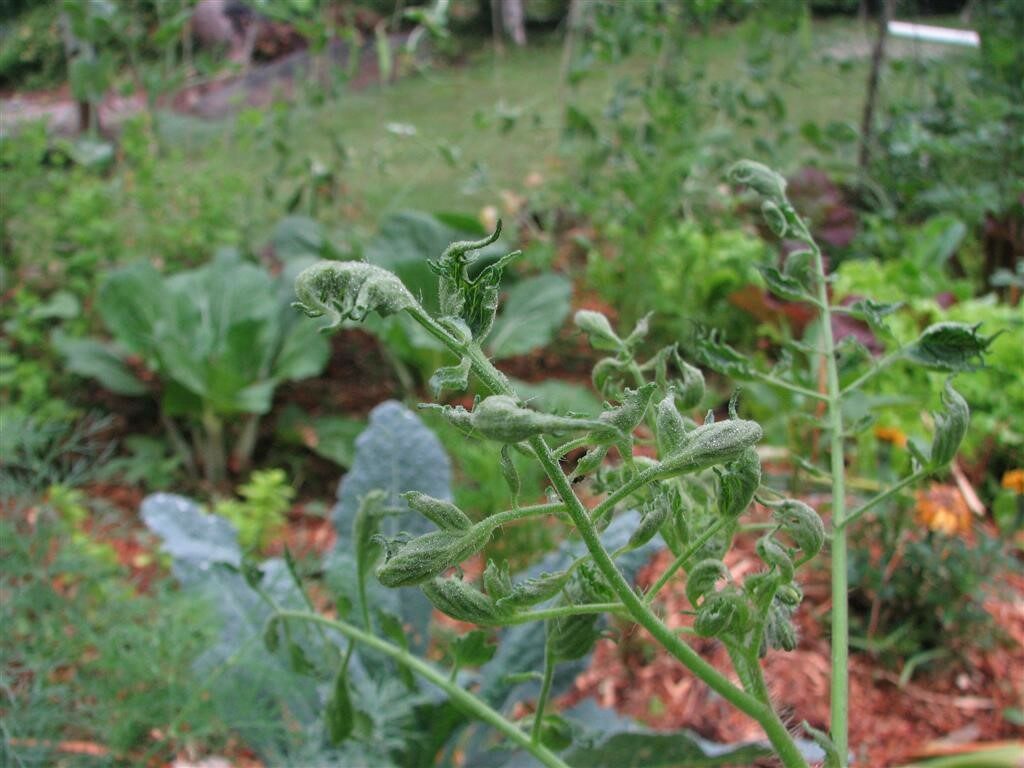Manage Compost and Soil Contaminated With Broadleaf Herbicides
go.ncsu.edu/readext?861473
en Español / em Português
El inglés es el idioma de control de esta página. En la medida en que haya algún conflicto entre la traducción al inglés y la traducción, el inglés prevalece.
Al hacer clic en el enlace de traducción se activa un servicio de traducción gratuito para convertir la página al español. Al igual que con cualquier traducción por Internet, la conversión no es sensible al contexto y puede que no traduzca el texto en su significado original. NC State Extension no garantiza la exactitud del texto traducido. Por favor, tenga en cuenta que algunas aplicaciones y/o servicios pueden no funcionar como se espera cuando se traducen.
Português
Inglês é o idioma de controle desta página. Na medida que haja algum conflito entre o texto original em Inglês e a tradução, o Inglês prevalece.
Ao clicar no link de tradução, um serviço gratuito de tradução será ativado para converter a página para o Português. Como em qualquer tradução pela internet, a conversão não é sensivel ao contexto e pode não ocorrer a tradução para o significado orginal. O serviço de Extensão da Carolina do Norte (NC State Extension) não garante a exatidão do texto traduzido. Por favor, observe que algumas funções ou serviços podem não funcionar como esperado após a tradução.
English
English is the controlling language of this page. To the extent there is any conflict between the English text and the translation, English controls.
Clicking on the translation link activates a free translation service to convert the page to Spanish. As with any Internet translation, the conversion is not context-sensitive and may not translate the text to its original meaning. NC State Extension does not guarantee the accuracy of the translated text. Please note that some applications and/or services may not function as expected when translated.
Collapse ▲Persistent broadleaf herbicides are a group of chemicals used to kill weeds and includes both pre-emergent herbicides, applied to the soil to interrupt the germination process, and selective post-emergent herbicides applied directly to the plant to kill broadleaf weeds while not damaging grass. Though they do not kill grass, they can be taken up by grass, consumed by horses or cows, passed through the digestive tract, expelled as manure, and still remain active after composting. Incorporating contaminated compost or grass clippings into your garden can result in damage to broadleaf plants (including many vegetables).
It was created in partnership with the Duke Superfund Research Center
The new publication complements these existing resources.
- Check Your Dirt NC – Tool to identify and address problems related to soil contamination
- Food Safety for School and Community Gardens
- Garden Soil Contaminant Resources and FAQ
- Herbicide Carryover in Hay, Manure, Compost, and Grass Clippings.
- Herbicide Injury – Symptoms and Fact Sheets
- Minimizing Risks of Soil Contaminants in Urban Garden
- Urban Soils



